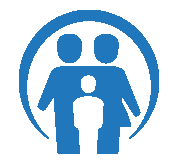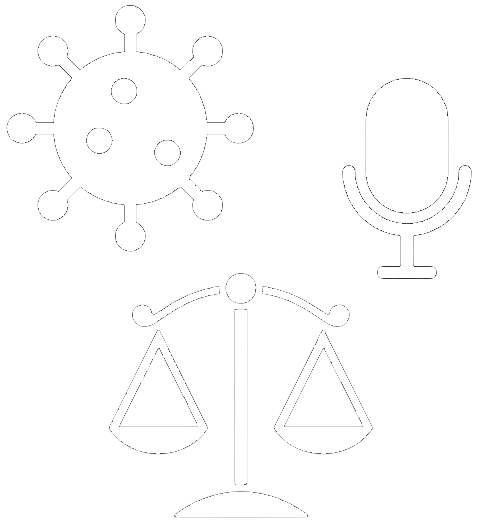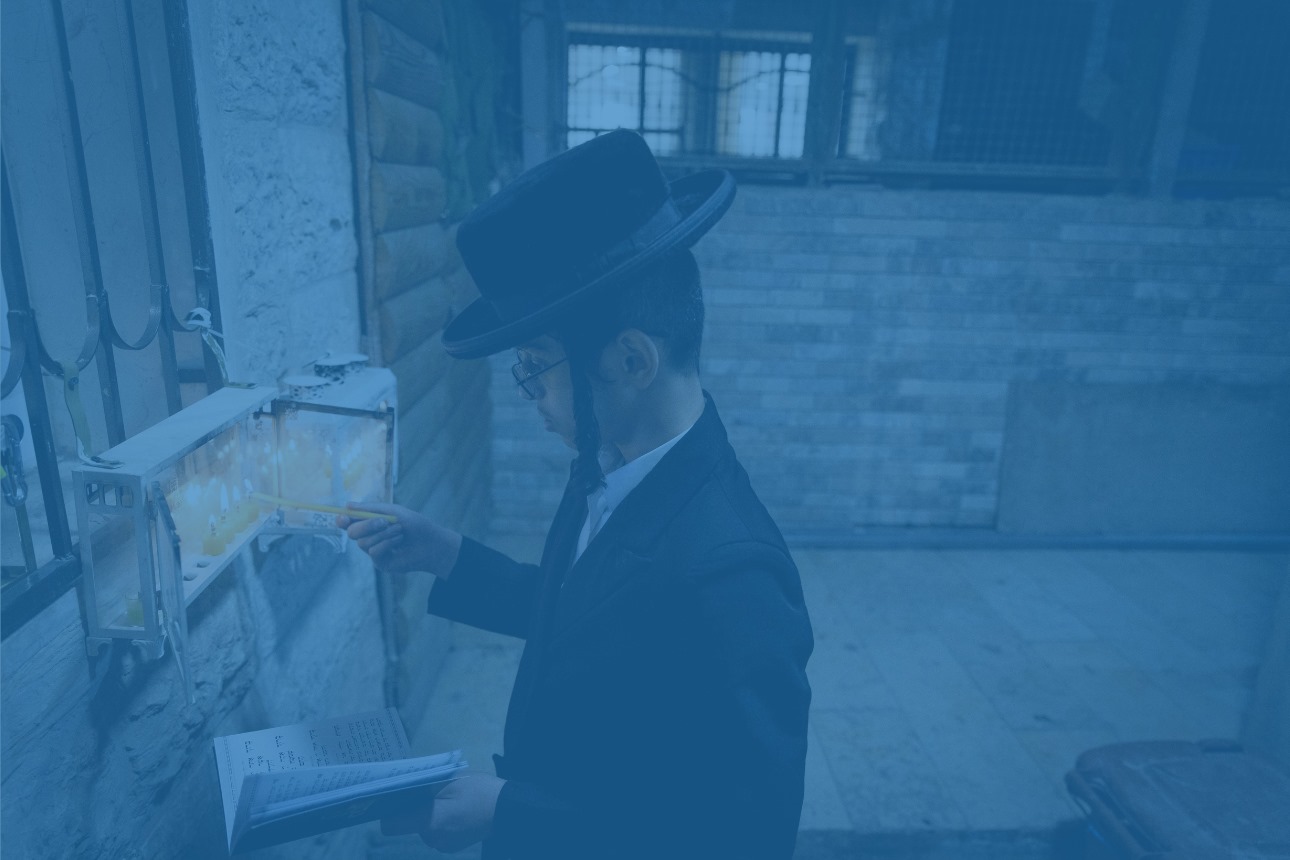Education
Chap. 2
Since the beginning of the millennium, there has been a rapid increase in the number of students in ultra-Orthodox education frameworks, reaching around 390,000 in the 2022-2023 school year, including both elementary and secondary education. Ultra-Orthodox education now constitutes 26% of the Hebrew- language (Jewish) education system in Israel, and 20% of the entire Israeli education system.
The last decade has seen several systemic and structural changes in ultra- Orthodox education, including the establishment of the Haredi Department in the Ministry of Education and of the State-Haredi education stream. Only 4% of Haredi schools are State Haredi schools; 73.5% are in the category of "recognized" by the state under the compulsory education law, and 22.5% — schools which are "exempt" from the compulsory education law.
Students in Hebrew-language education, by category of Ministry of Education supervision

In the 2020-2021 school year, 69% of ultra-Orthodox girls took at least one matriculation (Bagrut) exam, representing an increase of 10 percentage points since the 2019-2020 school year, and compared with just 31% a decade earlier, in 2008–2009. However, during the same period there was a slight decline in the percentage of boys taking matriculation exams, from 16% to 15%. The proportion of students who gained a matriculation certificate in the ultra-Orthodox sector in the 2020-2021 school year was just 16%, compared with 86% in the State and State-religious education streams.
Students taking matriculation exams, attaining a matriculation certificate, and meeting minimum university requirements, by category of Ministry of Education supervision
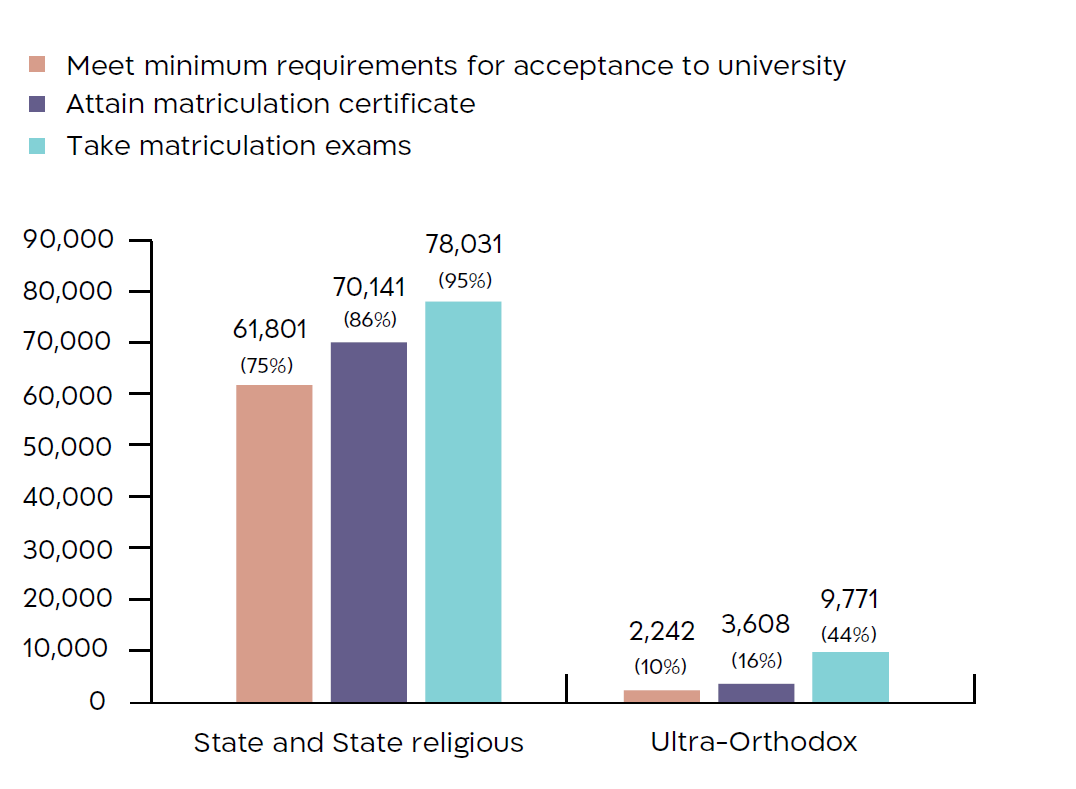
There are four tracks in the post-secondary education system for Haredi men: studies in a yeshiva; studies in a kollel (full time advanced Torah study frameworks for married men); academic studies; and vocational training. For ultra-Orthodox women, the options are studying in a seminar (ultra-Orthodox post-secondary educational institutions, which also offer vocational training) or pursuing academic studies. Between 2014–2022, there was a 53% increase in the number of yeshiva and kollel students in Israel, reaching 145,067 in 2022. This rise likely stemmed from increased state support for these students, which also brought to a halt the trend of more and more ultra-Orthodox men into the workforce.
Yeshiva and kollel students

The number of Haredi students in higher education frameworks has grown rapidly. Between 2010 and 2023, their number grew by 258%, compared with a 17% increase in the overall number of students in Israel. In 2009–2010, ultra-Orthodox students constituted around 2% of the total student body; this leaped to 5% by 2022–2023. During this 12-year period, the number of ultra-Orthodox students rose by an average of 10% annually.
The total number of Haredi students in higher education stood at around 16,700 in 2022-2023. The subjects they choose to study are mostly practical and those that allow them to work within the ultra-Orthodox community or to enter professions that are in demand in the labor market (such as teaching and education, paramedical professions, business administration, and law). Haredi students choose mainly to attend colleges, due to their lower entry requirements, and only 10% study at universities (not including the Open University)—compared with 34% of other Jewish students. The dropout rate of ultra-Orthodox students between the first and second year of academic studies has fallen in recent years and is now equivalent to the dropout rate among other Jewish students. The number of Haredi students in technological vocational training (under the auspices of MAHAT, the Government Institute for Technology and Science Training) stood at more than 7,000 in 2022.
Ultra-Orthodox students in higher education


